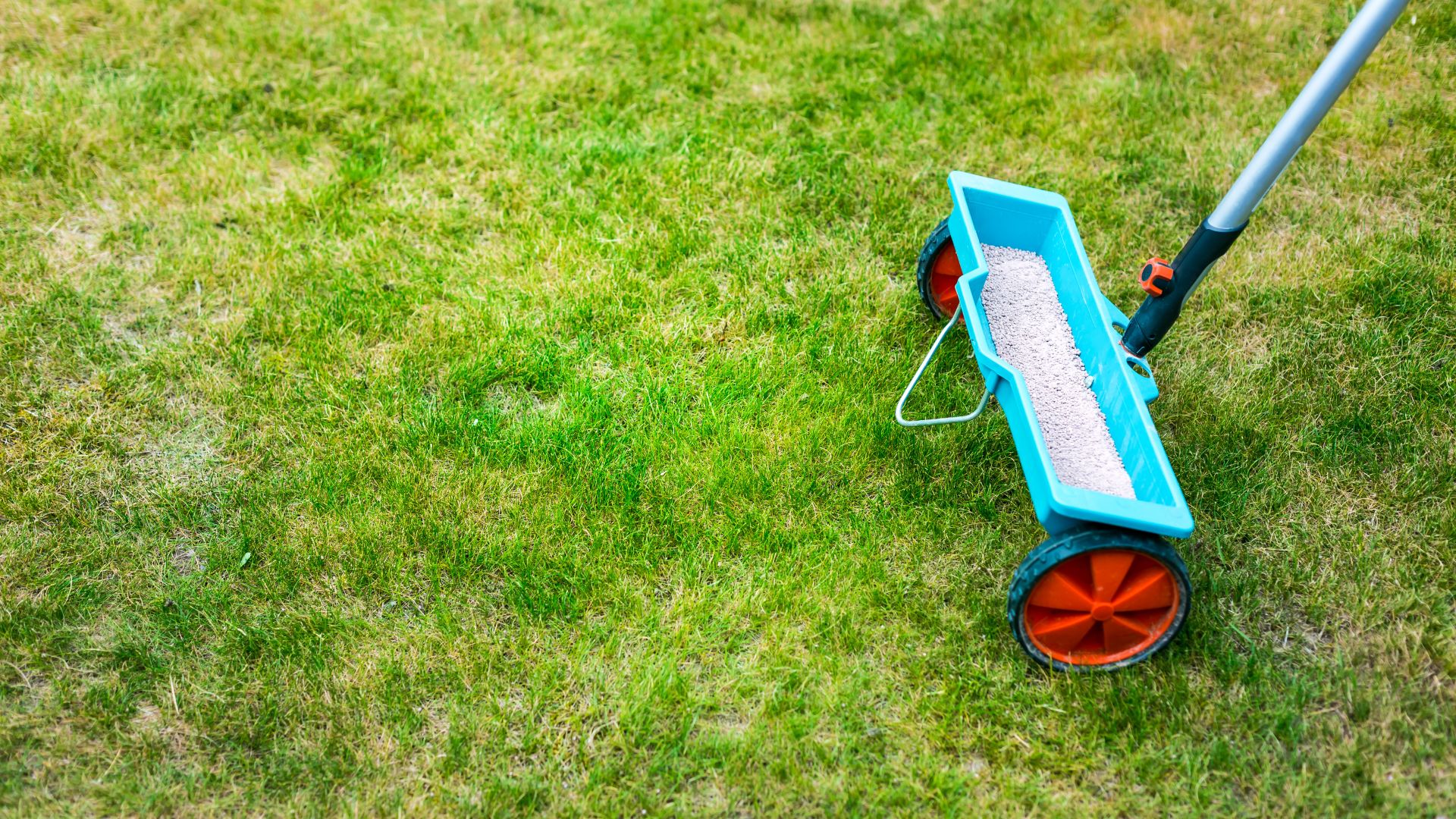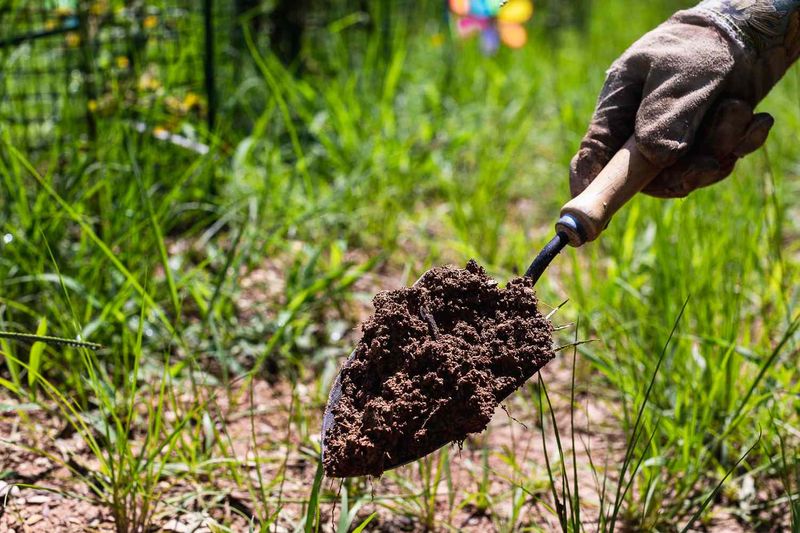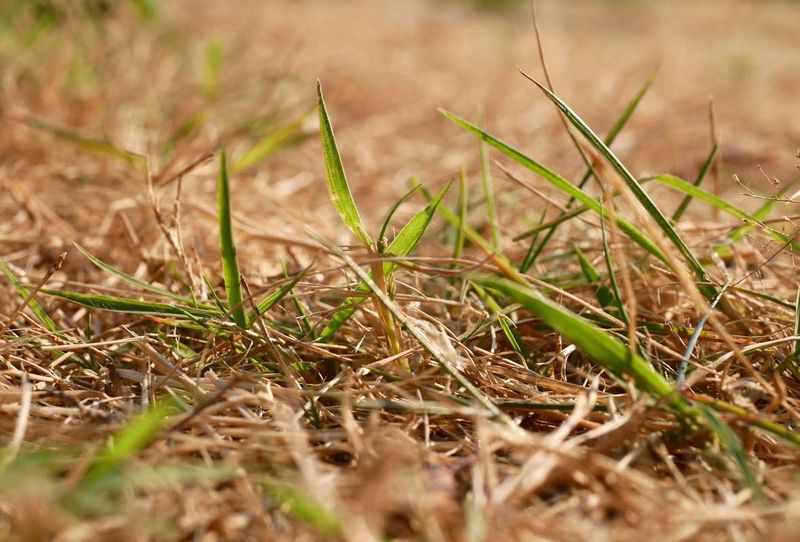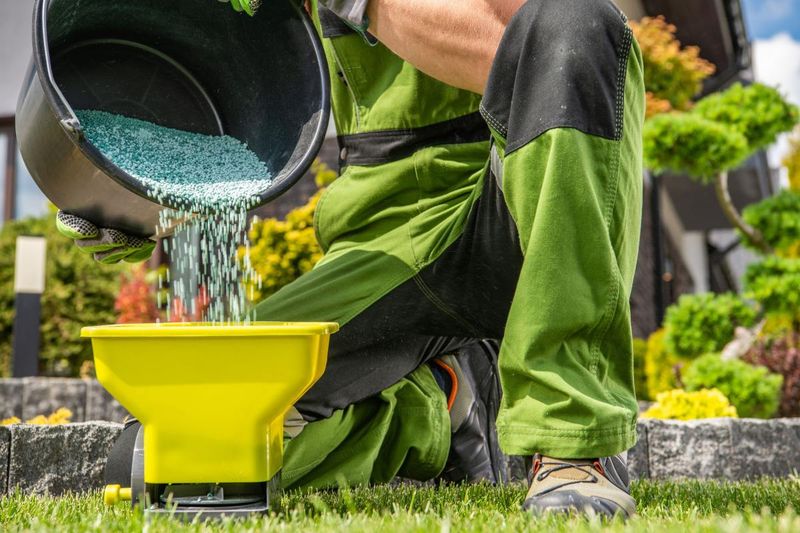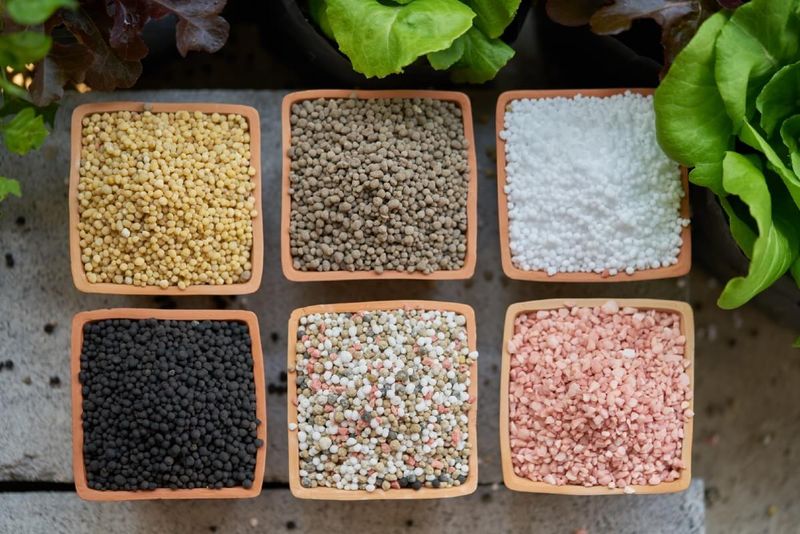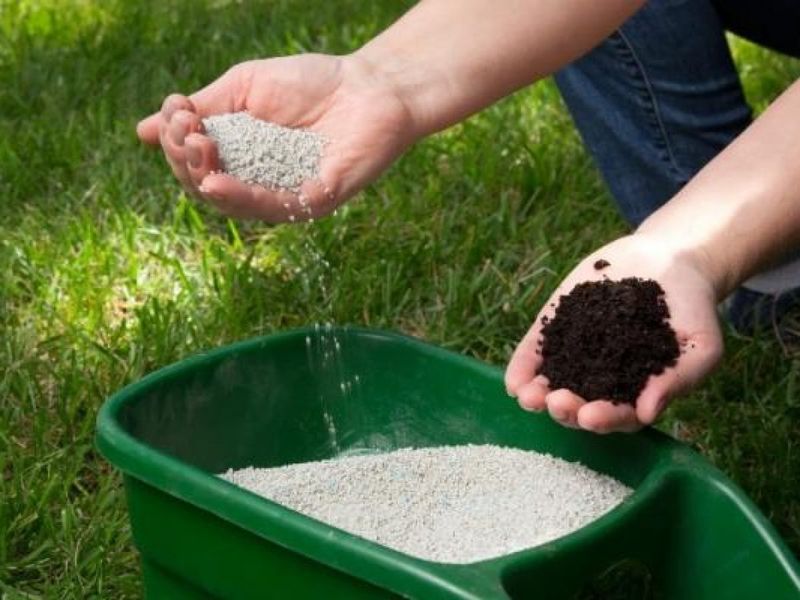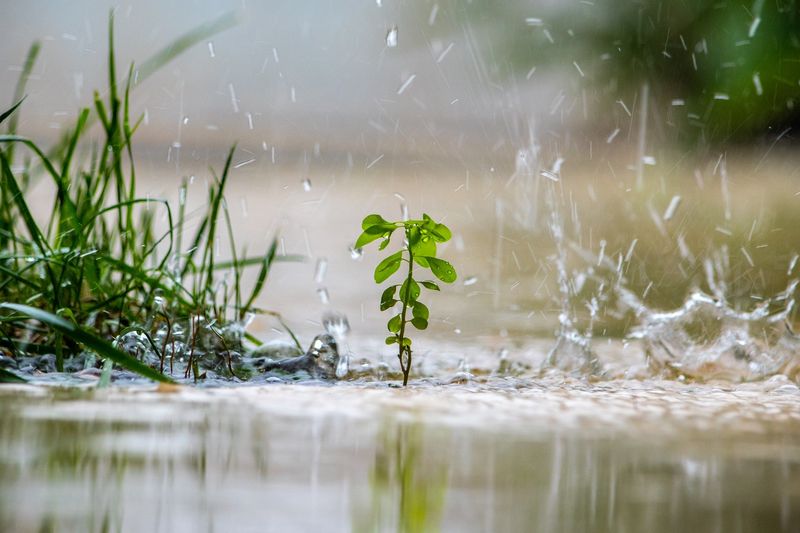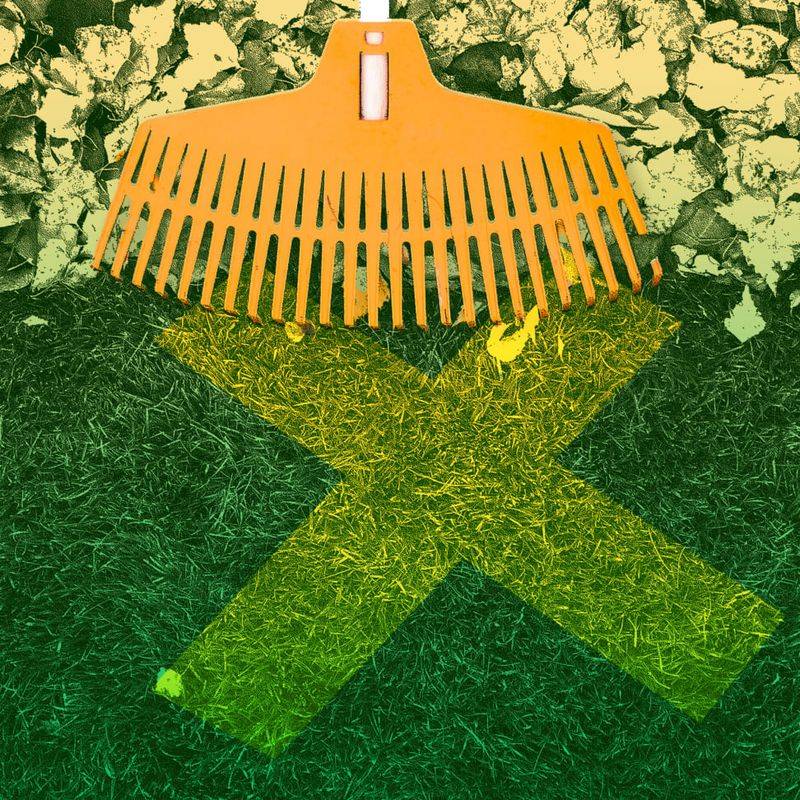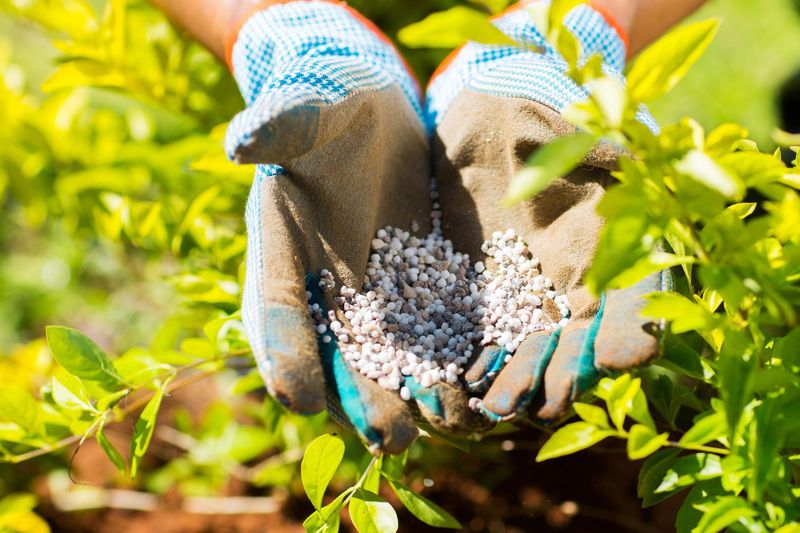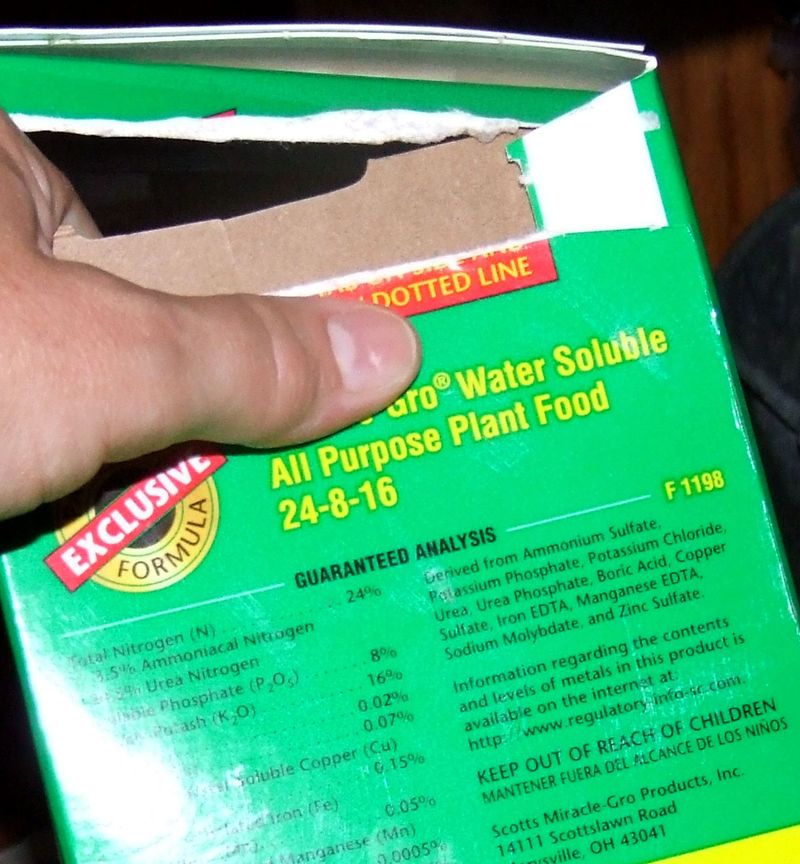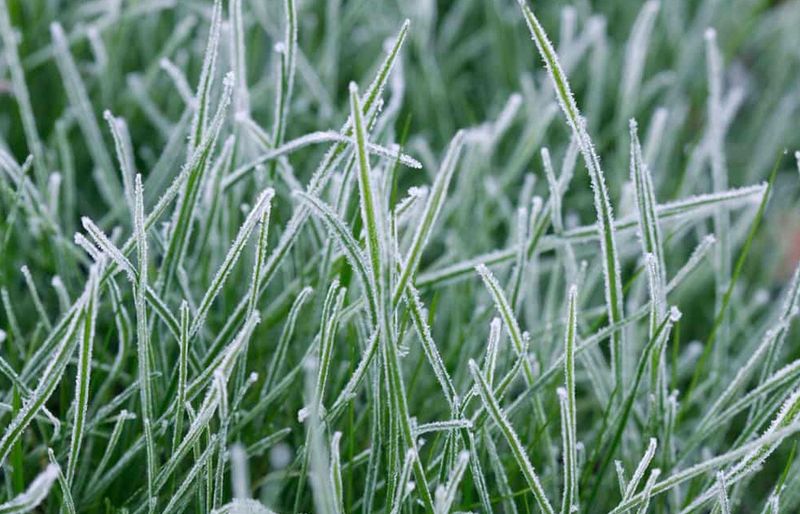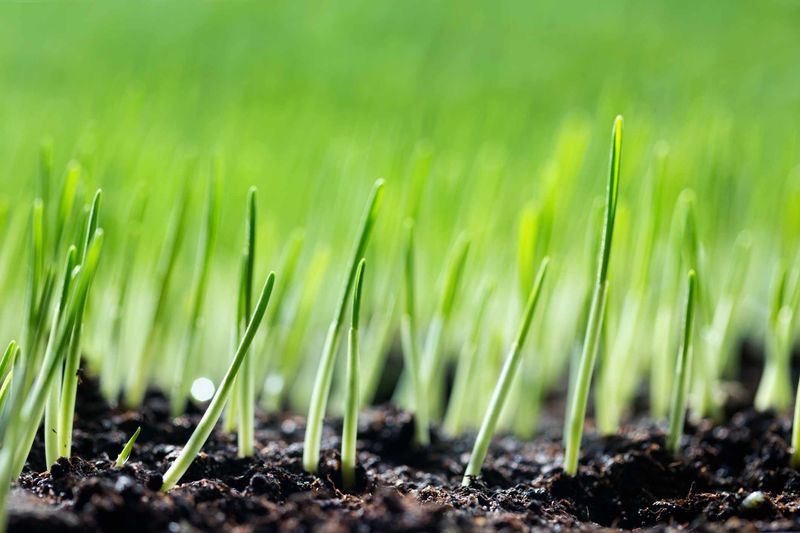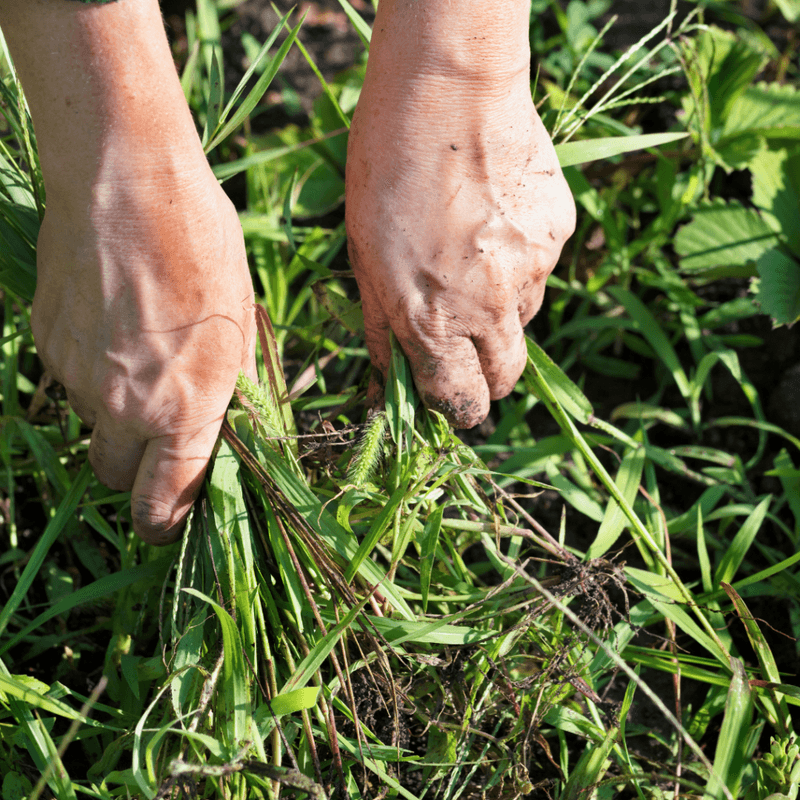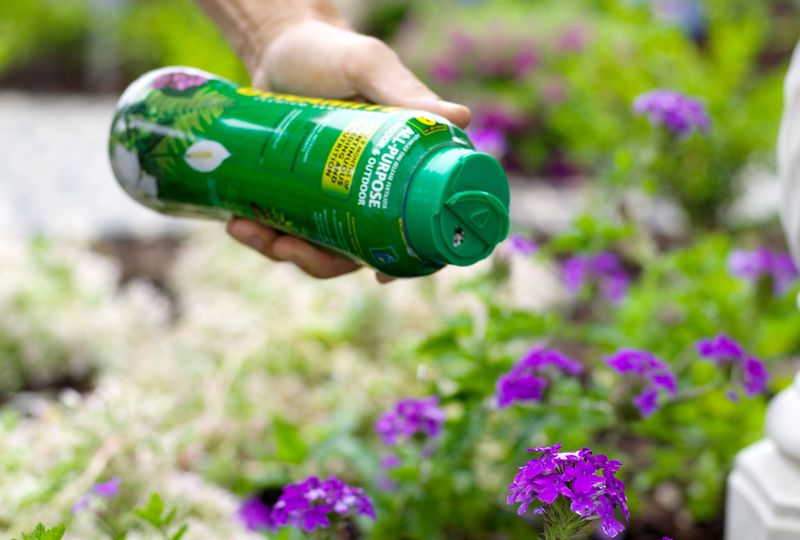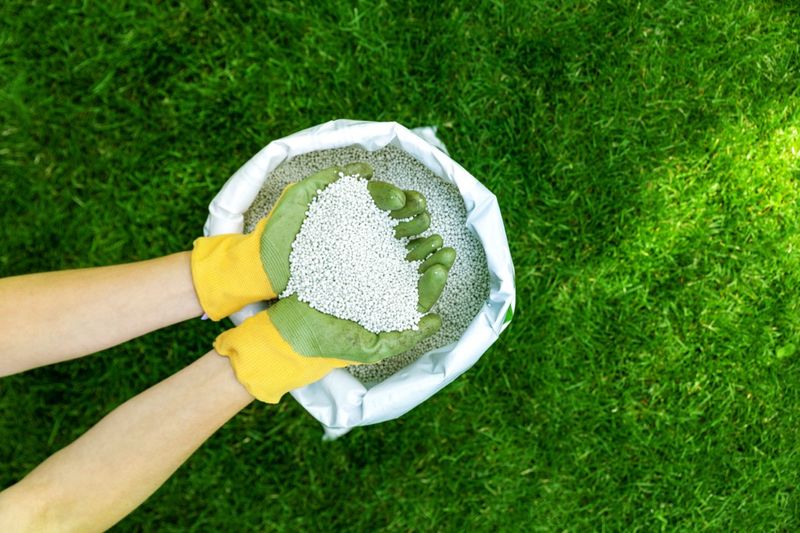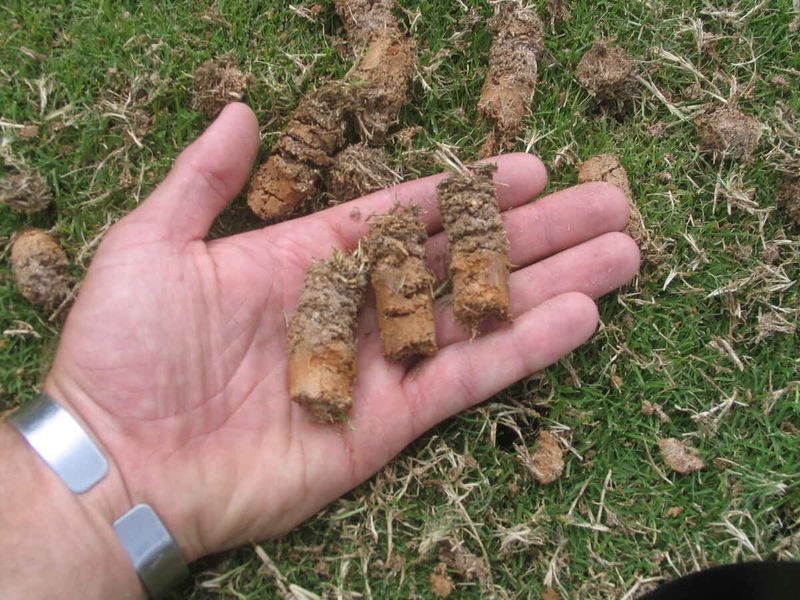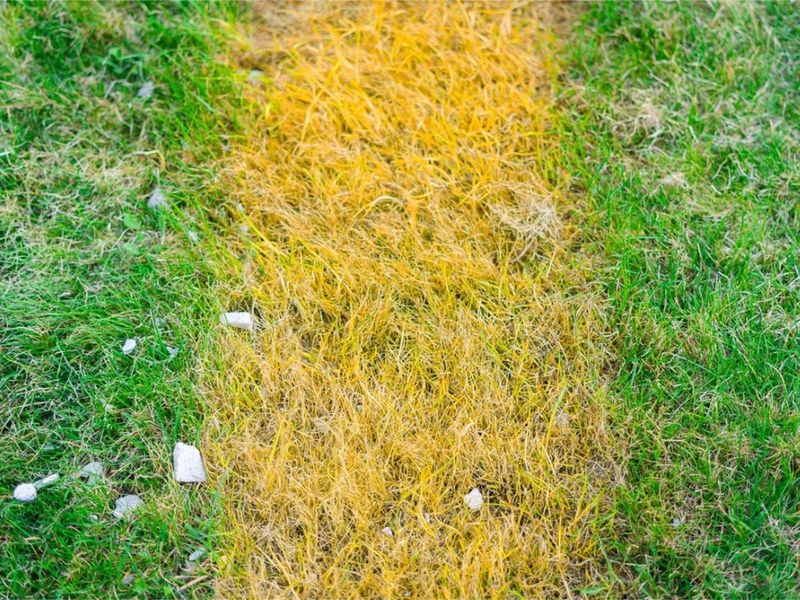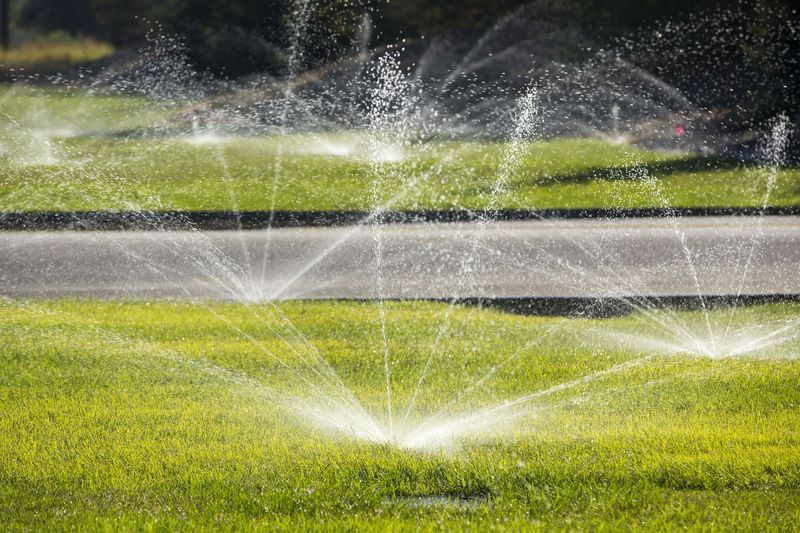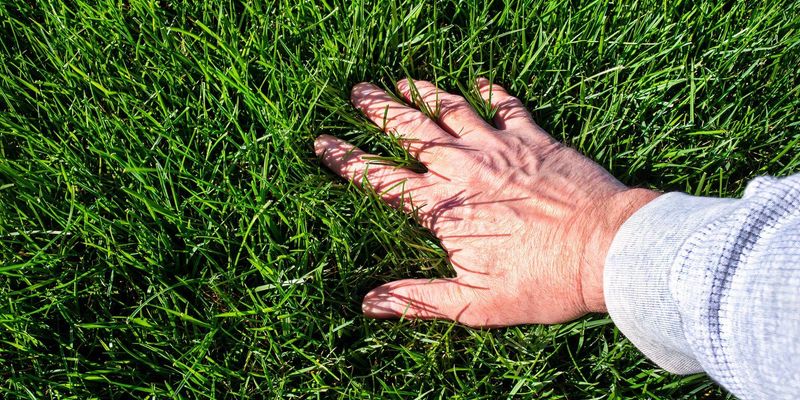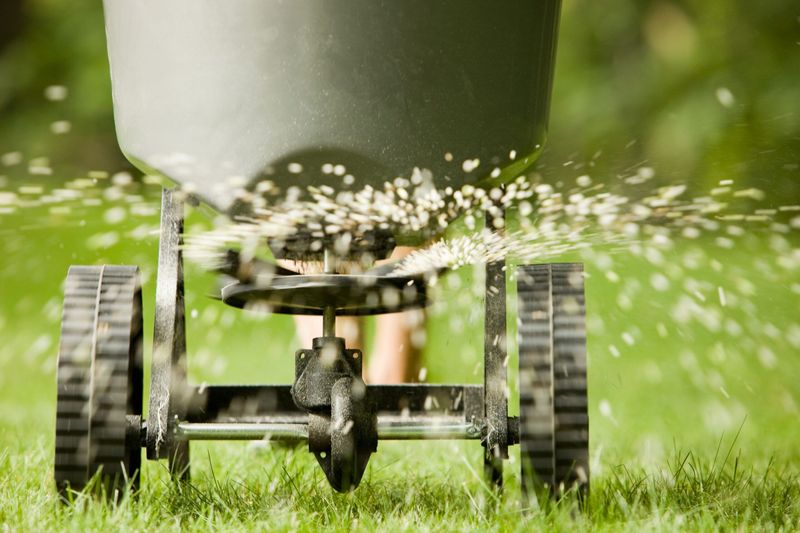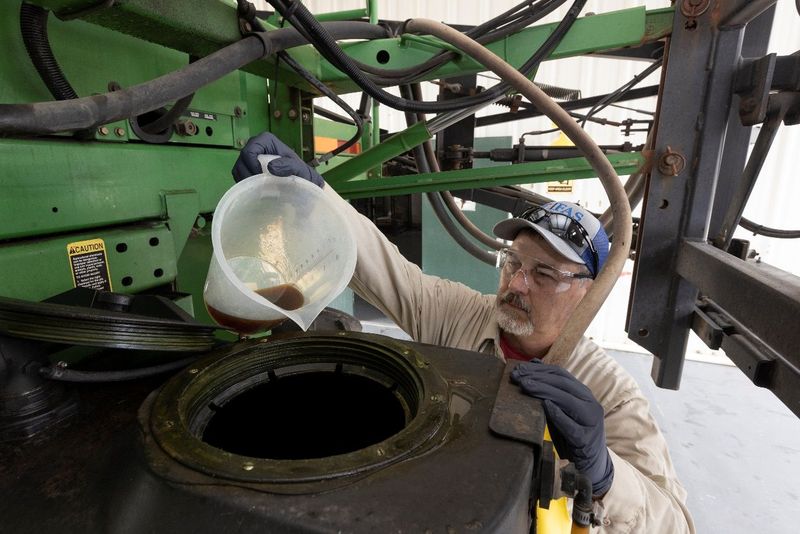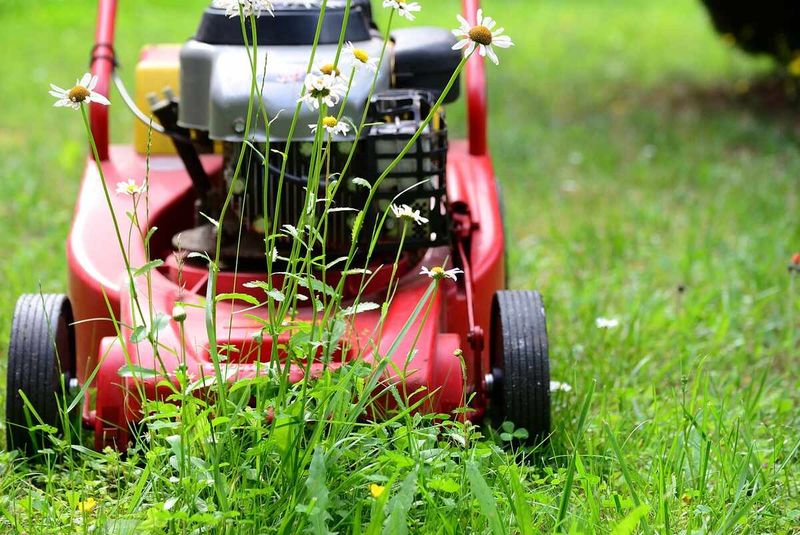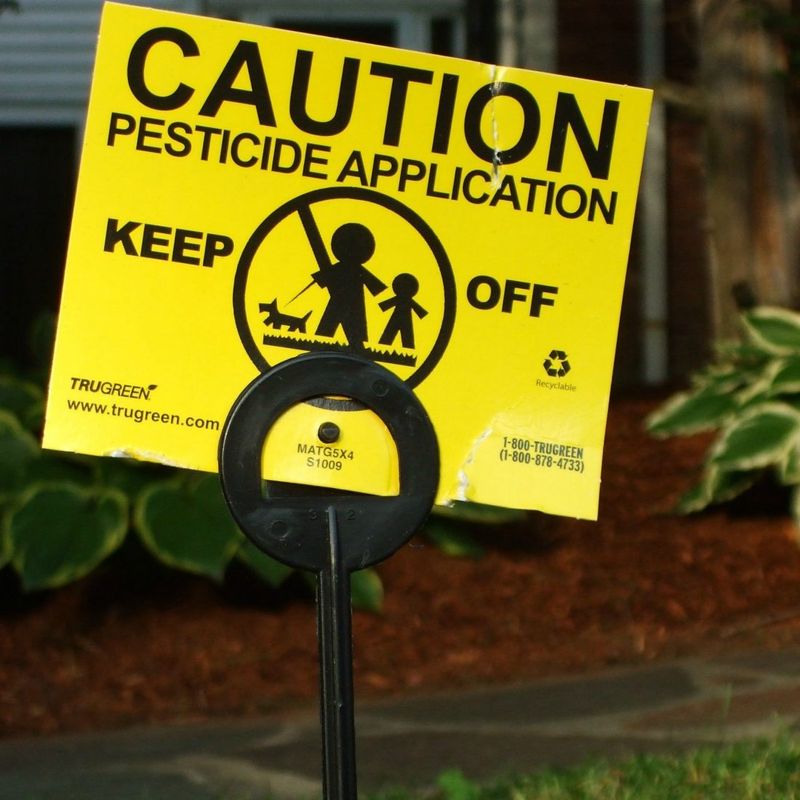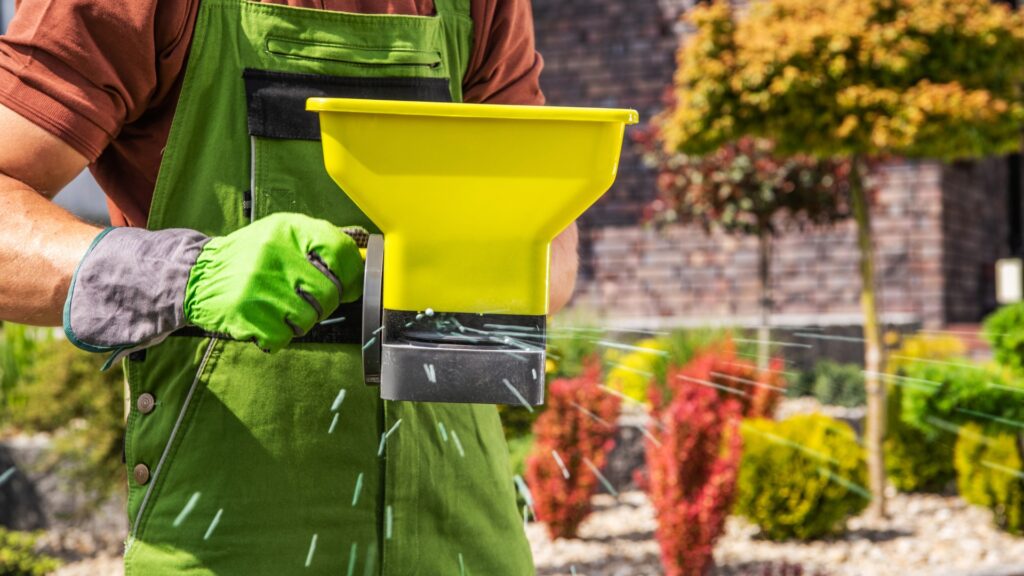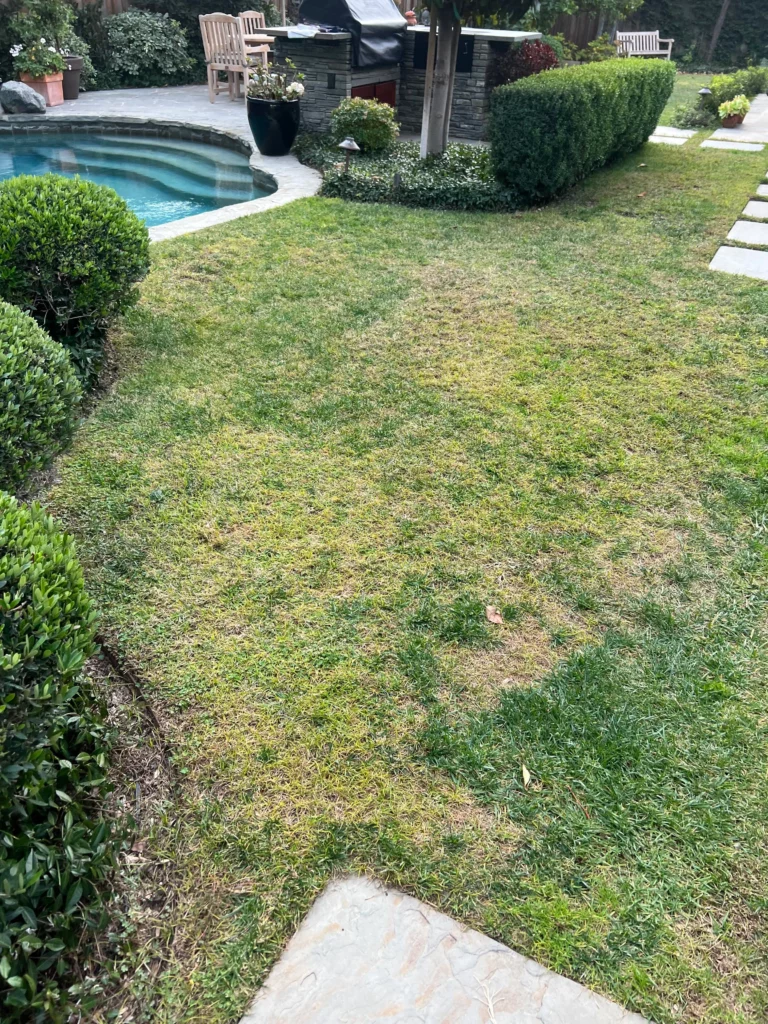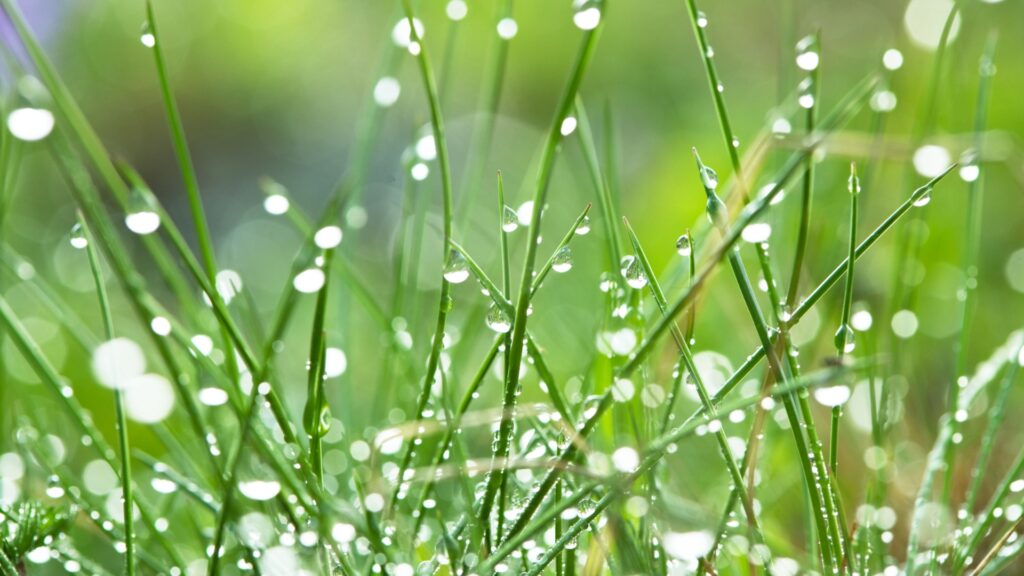Fertilizing can totally transform your lawn—but only if you do it right. I’ve definitely learned the hard way that too much enthusiasm (or the wrong product) can leave you with crispy patches instead of lush green. Nobody wants to babysit their grass back to life after a fertilizer fail.
Over the years, I’ve picked up a bunch of useful lessons—some from trial and error, some from seasoned gardeners. The key is knowing what not to do. Burnt grass, wasted money, or just plain disappointment? Let’s skip all that.
These 31 fertilizer mistakes are ones I either made myself or watched neighbors struggle through. So if you’re ready to give your lawn the TLC it deserves, here’s how to do it without the mess-ups.
1. Over-Fertilizing Your Lawn
Sometimes, more isn’t better. Picture a lush green lawn, but with unfortunate patches of brown. That’s what happens with over-fertilization.
Your grass can end up getting scorched, leading to those unsightly spots. It’s easy to think that adding extra fertilizer will create a more magnificent lawn.
However, this often results in chemical burns and a stressed grass bed. Be cautious and stick to recommended amounts to keep your lawn healthy and thriving without the brown patches.
2. Fertilizing During A Drought
Water and fertilizer are like BFFs for your lawn. In the absence of water, fertilizer can actually harm your grass. Fertilizing during a drought can lead to more damage than good.
Imagine a dry, parched lawn; throw fertilizer into the mix, and you could end up with a crispy patch instead of lush greenery.
Always check the weather and plan your fertilization around periods when your lawn can receive adequate moisture. This way, you’ll avoid stressing your lawn further.
3. Ignoring Soil PH Levels
Ever tried baking without measuring ingredients? Ignoring soil pH is like that. Your lawn’s health depends on balanced soil pH.
The wrong pH level can lock up nutrients, making them unavailable to your grass. It’s crucial to test and adjust your soil’s pH regularly.
By doing so, you ensure that all the nutrients in your fertilizer are accessible to your plants. This is a simple step that can make a significant difference.
4. Fertilizing Too Frequently
Overzealous about fertilizing? Remember that too much love can be overwhelming. Fertilizing too frequently can lead to nutrient overload.
Picture a calendar filled with fertilization days; your lawn might not appreciate the enthusiasm. Excessive fertilization can stress your grass, leading to weak growth and increased susceptibility to diseases.
Stick to a schedule that’s recommended for your grass type and watch it flourish without the added pressure.
5. Using The Wrong Type Of Fertilizer
Choosing the wrong fertilizer is like wearing flip-flops in snow. Each lawn has specific needs, and using the wrong type can have adverse effects.
Visualize a gardener surrounded by various fertilizer bags, unsure of which to choose. This confusion can lead to selecting a fertilizer that doesn’t match your lawn’s nutrient requirements.
Always read the label and understand your lawn’s needs before applying any products. That way, you give your grass the best chance to grow strong.
6. Applying Fertilizer Unevenly
Even distribution is key. Applying fertilizer unevenly results in a patchy lawn.
Picture a lawn with alternating dark and light green patches; it’s not the look you desire. Uneven application can cause some areas to grow aggressively while others struggle.
Using a spreader and following the manufacturer’s guidelines can help achieve a more uniform look. This attention to detail will save you from a patchwork lawn.
7. Fertilizing Before A Heavy Rain
Timing matters, and the weather is a crucial factor. Fertilizing right before rain can lead to nutrient runoff.
Imagine spreading fertilizer just before a storm; instead of nourishing your lawn, the nutrients can wash away. This doesn’t only waste resources but also harms the environment.
Check the weather forecast and aim for dry days to ensure your efforts yield the best results. Your lawn will thank you for your consideration.
8. Using Too Much Organic Fertilizer
Organic isn’t always synonymous with better. Overloading your lawn with organic fertilizer can still cause harm. Think of a garden overflowing with compost; too much can disrupt soil balance.
Organic fertilizers release nutrients slowly, but in excessive amounts, they can lead to nutrient leaching and groundwater contamination.
Moderation is key, even with natural products. Maintain a balance to promote a healthy lawn without overwhelming the environment.
9. Ignoring Local Regulations
Rules might seem tedious, but they’re there for a reason. Ignoring local regulations can lead to fines or worse.
Picture a gardener surprised by a notice for breaching fertilization rules. Local laws are designed to protect the environment and community welfare.
Always familiarize yourself with and adhere to these guidelines. Doing so not only avoids penalties but also supports sustainable gardening practices that benefit everyone.
10. Fertilizing In Extreme Heat
Extreme heat can spell trouble for fertilizing. Applying fertilizer during high temperatures can scorch your lawn.
Imagine trying to cool off on a hot day; your grass feels the same way. Fertilizing in the heat can cause your lawn to burn and stress.
Choose cooler periods to apply fertilizer, ensuring your grass can absorb nutrients without the risk of damage. This simple timing adjustment can make a world of difference.
11. Not Reading Fertilizer Labels
It sounds simple, but not reading labels is a common mistake. Skipping this step can result in misuse.
Visualize a gardener baffled by the instructions on a fertilizer bag. Each product has specific guidelines that ensure optimal use.
Overlooking these can lead to incorrect applications, which harm your lawn. Take a moment to read and understand the instructions; it’s a small investment of time for a big payoff.
12. Applying Fertilizer On Frozen Ground
Frozen ground and fertilizer don’t mix. Applying on ice can be ineffective and wasteful.
Imagine spreading fertilizer over a snow-covered lawn; it won’t penetrate the soil effectively. Fertilizer needs contact with the soil to work, but frozen ground prevents this.
Wait for thawed conditions to ensure the nutrients can be absorbed by the roots. Patience is key to effective fertilization.
13. Fertilizing Newly Seeded Lawns Too Soon
Young grass needs time to establish. Fertilizing too soon can hinder growth.
Picture a newly seeded lawn, delicate and tender; early fertilization can overwhelm it. Instead of strengthening your lawn, you might be stunting its development.
Allow time for the grass to grow before applying fertilizer, so it can handle the nutrients without stress. This waiting period is crucial for a robust lawn.
14. Ignoring Weed Control Before Fertilizing
Weeds are opportunists. Fertilizing without addressing weeds can inadvertently feed them too.
Imagine a lawn sprinkled with weeds; they’ll compete with your grass for nutrients. Addressing weed control before fertilizing ensures that the nutrients support your grass instead.
This step is essential in maintaining a healthy lawn that isn’t choked by unwanted plants. Tackle weeds first for a cleaner, greener outcome.
15. Using Expired Fertilizers
Old fertilizer loses potency. Expired products can be ineffective and possibly harmful.
Visualize a dusty shelf filled with old fertilizer bags; they’re not doing any favors for your lawn. As fertilizers age, they can degrade, making them less effective at nourishing your grass.
Check expiration dates and ensure you’re using fresh products for the best results. A little attention here goes a long way in lawn care.
16. Relying Solely On Chemical Fertilizers
Balance is key in lawn care. Over-reliance on chemicals can harm the soil ecosystem.
Picture a garden shed stocked solely with chemical fertilizers; it’s tempting for quick results but not sustainable. Combining organic and chemical options promotes long-term soil health and resilience.
Embrace a blended approach to maintain a thriving lawn that’s nurtured naturally and effectively. This balance benefits both your grass and the environment.
17. Fertilizing Without Aerating
Compacted soil limits nutrient absorption. Aerating before fertilizing maximizes effectiveness.
Imagine struggling to breathe in a cramped room; compacted soil feels the same way. Aeration creates pathways for nutrients to reach the roots effectively.
By aerating your lawn, you improve the penetration and distribution of fertilizers, ensuring your efforts aren’t in vain. This preparatory step is crucial for optimal lawn nourishment.
18. Not Adjusting For Lawn Type
Each type of grass has unique needs. Using the wrong fertilizer for your lawn type can cause problems.
Imagine a gardener perplexed by various grass types; each requires specific nutrients. Applying a one-size-fits-all approach can lead to nutrient imbalances.
Take time to understand your grass’s specific requirements and select the appropriate fertilizer. This tailored approach leads to healthier, more resilient lawns.
19. Not Watering After Fertilizing
Water activates fertilizer. Skipping this step can delay or reduce its effectiveness.
Visualize a dry lawn awaiting nourishment; water helps your fertilizer reach the roots. Without it, nutrients might not penetrate the soil effectively.
Watering after fertilizing ensures the nutrients are absorbed, maximizing the benefits for your grass. This simple action is key to unlocking your fertilizer’s full potential.
20. Ignoring Seasonal Fertilization Needs
Each season affects lawn needs differently. Ignoring this can lead to poor results.
Picture a calendar marked with seasonal changes; your lawn reacts similarly. Fertilization requirements vary throughout the year, and adjusting your strategy accordingly is crucial.
Keep track of seasonal needs to ensure your lawn receives adequate support no matter the time of year. This adaptable approach ensures consistent lawn health.
21. Using High Nitrogen Fertilizers Indiscriminately
Nitrogen promotes growth, but too much can harm. Using it indiscriminately can lead to an overgrown lawn.
Imagine a gardener wrestling with unruly grass; high nitrogen levels can cause rapid, uneven growth. This not only looks chaotic but also stresses your lawn.
Moderation is essential, and understanding your grass’s nitrogen needs helps prevent issues. A measured approach ensures a well-manicured and healthy lawn.
22. Fertilizing During Dormancy
Dormant grass won’t absorb nutrients. Fertilizing during this time is wasteful.
Picture a dull lawn; it’s not ready for feeding. Fertilizing during dormancy leads to nutrient waste, as the grass is inactive.
Recognize when your grass is dormant and adjust your fertilization schedule accordingly. This awareness saves resources and supports effective lawn care.
23. Mixing Incompatible Fertilizers
Not all fertilizers play well together. Mixing can result in harmful reactions.
Imagine a gardener puzzled by caution symbols on fertilizer bags; incompatible products can react adversely. This can lead to reduced effectiveness or even damage to your lawn.
Always research and ensure compatibility before mixing fertilizers. Careful selection prevents unwanted reactions and supports a thriving lawn.
24. Skipping Post-Fertilization Mowing
Mowing after fertilization helps spread nutrients. Skipping it can lead to uneven growth.
Imagine a gardener mowing with satisfaction; this step ensures even nutrient distribution. Post-fertilization mowing helps in spreading the nutrients effectively across the lawn, fostering uniform growth.
Don’t overlook this step, as it enhances the results of your fertilization efforts. Your lawn will benefit from this extra attention.
25. Not Considering Environmental Impact
Fertilizer use affects more than just your lawn. Ignoring this can harm the environment.
Visualize a gardener pondering amidst nature; responsible fertilization is crucial. Overuse or misuse can lead to runoff, polluting waterways and harming ecosystems.
Consider the broader impact and adopt practices that are both lawn-friendly and eco-friendly. This mindful approach benefits your lawn and the planet.
26. Using Fertilizer As A Quick Fix For Poor Lawn Care
Fertilizer isn’t a miracle cure. Relying on it to solve deeper lawn issues is like slapping a bandage on a broken leg.
Imagine a lawn plagued by poor drainage, compacted soil, or improper mowing habits—no amount of fertilizer can fix those underlying problems.
Fertilizer works best as part of a broader lawn care routine. Address foundational issues first, and use fertilizer as a support system, not a crutch. This sets the stage for lasting results.
27. Neglecting Proper Storage Of Fertilizer
Storing fertilizer improperly can ruin its effectiveness—and pose safety risks. Think of a garage shelf cluttered with open bags and moisture—it’s a recipe for clumping, spoilage, or contamination.
Fertilizers are sensitive to moisture and temperature changes. Keep them sealed in a dry, cool place, away from children and pets.
Proper storage preserves product quality and ensures safe, consistent performance every time you fertilize. A little care here protects both your investment and your lawn.
28. Fertilizing Without Checking The Wind
Fertilizing on a windy day can create a mess. Picture a strong gust of wind blowing your fertilizer off-target, wasting valuable nutrients.
This uneven distribution can lead to some parts of your lawn getting too much fertilizer, while others get none.
Always check the weather and choose a calm day for fertilizing, ensuring the nutrients land exactly where they’re needed. A little patience with the wind can save you a lot of frustration.
29. Fertilizing Without Understanding Nutrient Ratios
Fertilizers come with different nutrient ratios, and choosing the wrong one for your lawn’s specific needs can create problems. Picture a garden store full of bags labeled with numbers like 10-10-10 or 20-5-10.
These numbers represent the balance of nitrogen, phosphorus, and potassium, and if you pick one that doesn’t match your lawn’s requirements, you could end up harming the soil.
Take the time to understand what your lawn needs and choose the right ratio for optimal growth. A little research here ensures you’re giving your lawn exactly what it needs to thrive.
30. Applying Fertilizer To Wet Grass
Wet grass might seem like a good idea—it looks ready to soak up nutrients—but applying fertilizer to it can cause clumping and uneven coverage.
Imagine trying to spread sugar over a damp surface; it sticks in globs instead of spreading evenly. Fertilizer behaves the same way, leading to patchy results and potential burn spots where it accumulates.
Wait until the grass is dry before fertilizing. This ensures better distribution and prevents damage, giving your lawn the consistent nourishment it needs to grow strong and green.
31. Using Lawn Fertilizer Near Water Sources

Fertilizing too close to ponds, streams, or storm drains can lead to nutrient runoff that pollutes local waterways. Imagine a rain shower carrying excess fertilizer straight into a nearby creek—suddenly, your lawn care affects fish and plant life downstream.
This kind of pollution can trigger algal blooms and disrupt aquatic ecosystems. Always follow buffer zone guidelines—typically 10 to 15 feet from water sources—and apply fertilizer responsibly. A little distance makes a big environmental difference.

